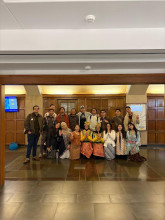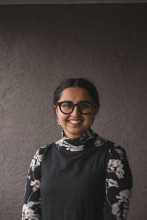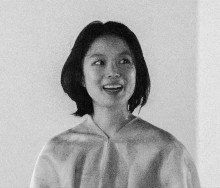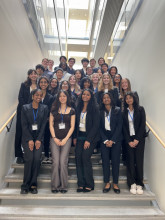Andrew Smith
Posts tagged with student mini grants in Blog Student Stories
Showing 1 - 10 of 24 items

The project that I created was for my dissertation recital series called Footprints.

We partnered with the U-M Library to help us find accessible foraging books and guides, as well as guides for facilitating inherently non-hierarchical spaces.

The Indonesian Cultural Night (ICN) 2025, hosted by the Indonesian Students Association at the University of Michigan (ISA-UM) was truly a night to remember.

On Monday, August 26th, the first day of fall classes, the University of Michigan campus buzzed with excitement.

"Where do I belong?" This question lingered in my mind long after my conversations with Sisi, a 21-year-old Chinese-Spanish student at Universitat Pompeu Fabra (UPF).

My research addresses barriers to accessing treatment for opioid use disorder (OUD) among women in Punjab, India.

"where violence flows" was a collaborative zine project during Okyoung Noh's thesis exhibition "In Flow". With the help of two other artists, Kyunghee Kim and Matt Dhillon, "where violence flows" reflects on family, grief, and U.S. imperialism.

Annie Zhou, a second-year master’s student in Educational Studies, explores culturally responsive teaching and what constitutes "good teaching".

The Initiative Team through M-HEAL details their process of creating portable, inexpensive, and safe bassinets that are able to incubate newborns. Through feedback from medical personnel and library staff, they are able to improve future versions of the bassinet and its associated baby carrier to combat neonatal hypothermia.
The 19th Annual Multicultural Greek Exhibition (MGX) was founded by the sisters of Lambda Theta Alpha Latin Sorority. MGX combats negative stigmas of Greek Life by illustrating that Greeks are involved in tradition, community service, philanthropy, and diversity and unity.